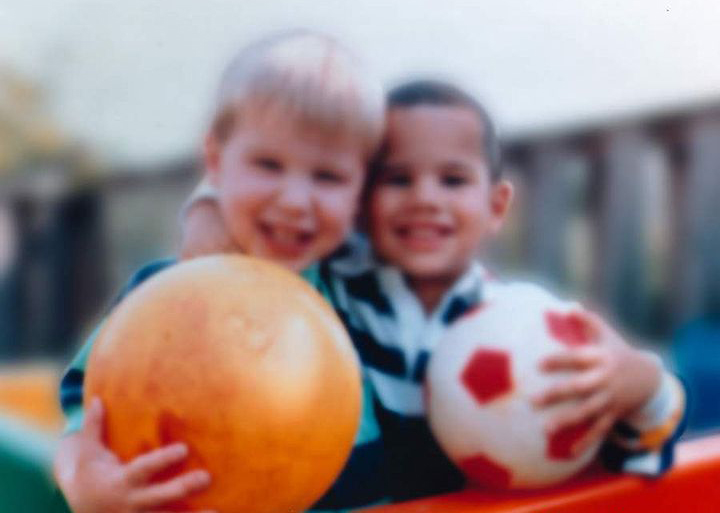

What's the difference between nearsightedness and longsightedness, and how do we prevent them?
We commonly associate longsightedness, or hyperopia, with old people, but it can develop in kids as well. Most babies are actually born with hyperopia!
Hyperopia
Hyperopia is the opposite of myopia. It occurs when when the eyeball is too short and the eye focuses the image behind the retina instead of directly on the retina itself. This causes people to be unable to see objects that are nearby, but they can see objects at a distance clearly.
According to a study by the American Association of Paediatric Ophthalmology and Strabismus (AAPOS), far-sightedness is normal for most children early in life as hyperopia is generally present at birth.
There is no need to be alarmed. Your children’s eyes will lengthen as they grow, and longsightedness usually decreases until normal vision is achieved, and they can focus on objects clearly. Studies have shown that farsightedness improves throughout childhood, and usually disappears by adolescence, without needing any treatment.
However, if hyperopia persists, you definitely need to go for a screen test.
Myopia
Myopia occurs when the eyeball grows too long, and the eye is unable to focus the light rays directly on the retina - instead, it focuses the image in front of the retina.
People with myopia can see well if objects are nearby, but have a hard time seeing objects that are far away as they appear blurred. For children, they may complain that they are unable to see the white board in school, start getting headaches or start squinting in order to see far away.
Prevention
While there is still no concrete cure to myopia and hyperopia, you can take the following steps to slow down its development in your children’s eyes.
-
Recognise the symptoms. If you experience blurry vision, frequent headaches or black spots appearing in front of your eyes, this may signal a serious eye problem. Seek professional attention immediately.
- Having a healthy diet that contains lots of fruits and vegetables are important in keeping your eyes strong and maintaining a healthy retina. Bright coloured fruits and vegetables like oranges and carrots, and dark, leafy vegetables like kale and spinach are good sources of important vitamins for the eyes. Read more about food for healthy eyes here.
- Wear the right glasses. Glasses with the correct prescription will ensure that you will be able to see clearly, and not strain your eyes.
Ultimately, the best way to combat the development of myopia and hyperopia is to visit an eye care specialist, and go for regular tests.
Glasses and contact lenses are common ways to correct vision. Drop by any Nanyang Optical store for a consultation, or make an appointment with our eye care professionals, who are trained to do thorough eye tests and can recommend the most appropriate and effective form of correction.
